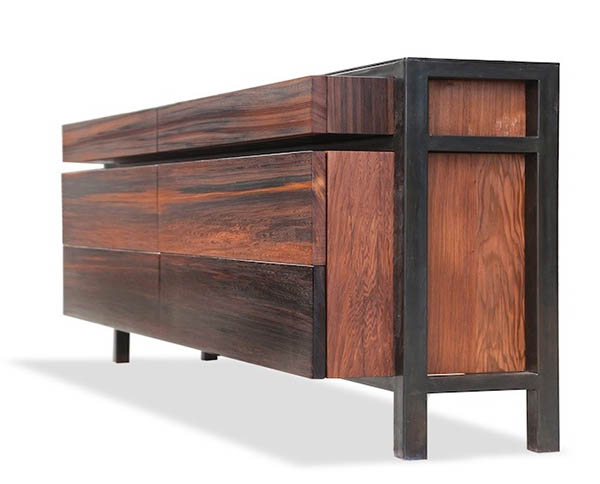
For Mark Jupiter, craftsmanship is in his blood, going back four generations, to a great-grandfather who was a tinsmith who worked on the original skyscrapers of New York. Mark’s father, in turn, was a furniture maker who had a shop and “pretty much taught me everything I know.”
Describing himself as “always a hard worker,” Mark said he lifted a lot, sanded a lot and, when his father began doing apartment renovations, did the drywalling. “I was essentially my father’s indentured servant for the first 15 to 20 years of my life.”
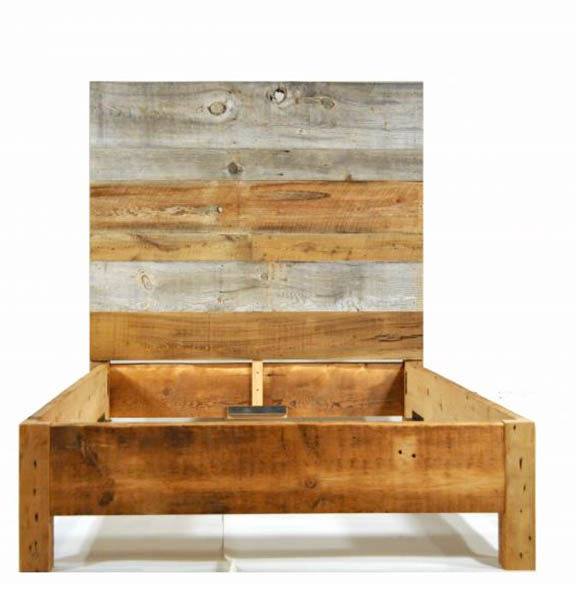
Despite all that, Mark at first didn’t want to follow in his father’s footsteps of making furniture. Instead, he wanted to do something nobody else in his family had ever done: building houses. Operating out of upstate New York, he ran a housing business for several years, building the first LEED platinum certified houses in seven states. “I was lead carpenter on all of them,” Mark said.
Then came the housing crash of 2008. “It was like the fall of the Roman empire in the housing business,” Mark said. Although his business did survive the crash, by the end of the crisis, Mark said, “I didn’t want to build houses anymore. I wanted to get back to furniture.”
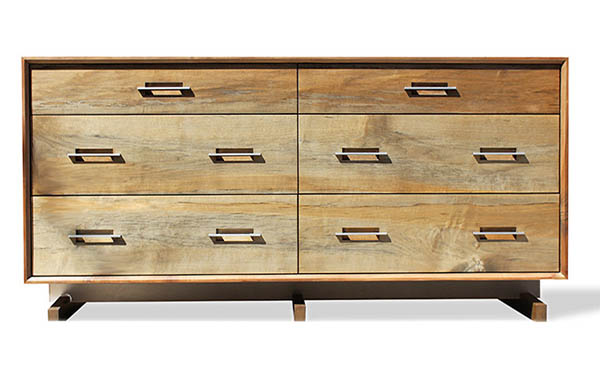
With the support of his wife, Heather, he sold the housing business and moved back to New York City, finding a space in the DUMBO (“Down Under the Manhattan Bridge Overpass”) area of Brooklyn. He designed and built 12 pieces of furniture for his showroom and opened the shop about four years ago.
“It’s a very visible showroom and shop within the middle of the city,” Mark said, noting that the company became popular very quickly – and he’s not sure why, other than that it seems to have struck a nerve.
“My goal is to make people’s furniture dreams happen,” he said. “People come to me when they can’t find what they want existing in the world.”
“I don’t really gravitate to one particular style,” he continued. “It’s what the clients want.” For instance, one day, that might be something with a Mid-Century Modern feel; while another project may incorporate live edges a la George Nakashima.
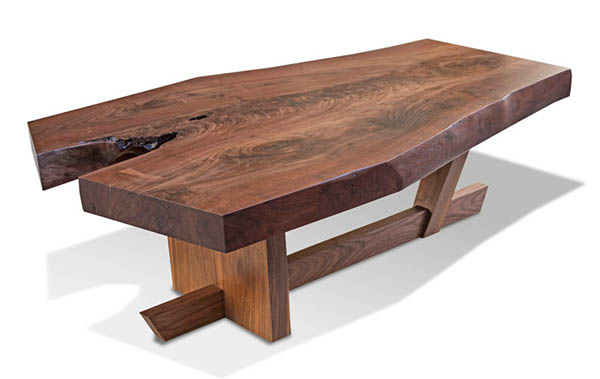
What does often (although not always) creep into his pieces is some of the industrial sensibility inspired by the shop’s location. A recent renovation of the Manhatten Bridge, built in 1929, involved replacing all the original connector pins. A foreman on the job brought a truckload of the 2-feet long and 50-pound stainless steel bolts to Mark’s shop, where he has integrated them into different furniture pieces. “The connector pins really make the piece a part of the history of the city,” he said.
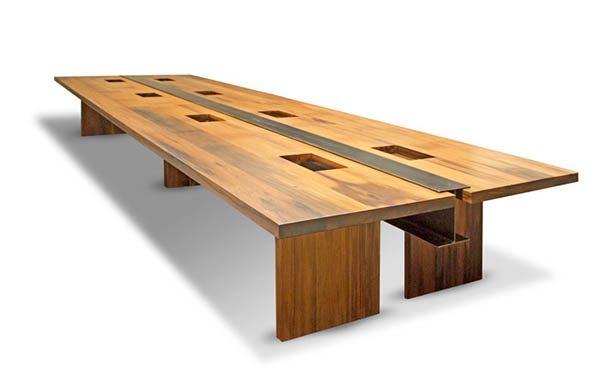
Another material Mark has worked with is redwood that came from 50-plus-year-old water tanks in the city that needed to be replaced. Although he said the wood looks terrible when he first acquires it, after planing it down, the combination of the old-growth lumber and the mineral deposits on the wood from its use as a water tank creates an attractive look. “When water tanks are older than 50 years, they’re made out of 1,000-year-old redwood,” Mark said. “There’s an entire redwood forest out there that was made into something else. It’s not easy to find, but when you find it, there’s a lot of it.”
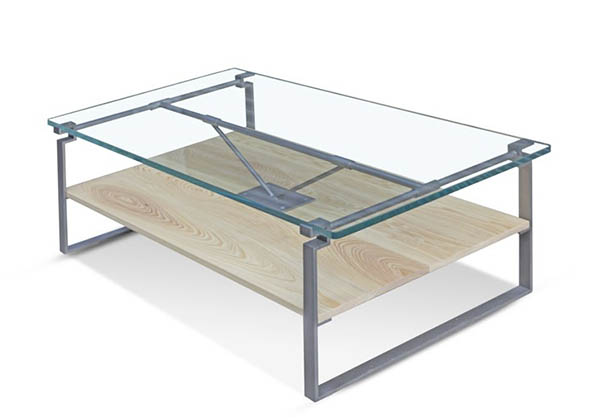
Mark has also done a lot of work with reclaimed “sinker cypress,” as well as longleaf pine repurposed from other older pieces. Although he doesn’t work exclusively with reclaimed materials, he said, he tries to use them any time he can. “One of my favorite things in the world are trees. If I can avoid harvesting them, I do.”
That’s one reason Mark really enjoys making conference tables. “They’re lots of fun to make. They’re big and bold and beautiful, and companies are spending tens of thosuands of dollars to make a statement. I can have a lot of fun with it,” both in his material choices and his designs, he said. “The deeper the story goes, the more they love it. In New York City, there’s a lot of demand to have something special in your very expensive office.”
Mark is, in fact, currently working with West Elm to develop a full line of conference tables for them.
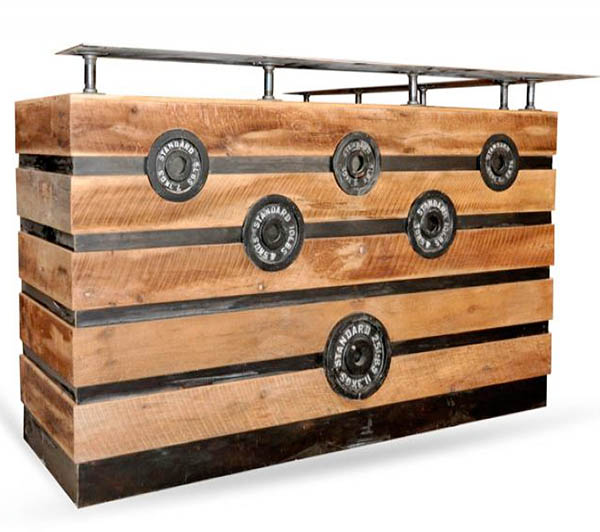
He’s also thinking that he will likely outgrow his shop space within the next year or so. For the first approximately eight months of the business, he was a one-man shop; now, he employs a couple of metalworkers, five woodworkers, and back office people for sales, bookkeeping and drafting, for a total employee contingent of 10. The Mark Jupiter shop is producing about 200 pieces a year.
Mark notes that, in addition to being a woodworker, he is a sculptor as well. While he might use large power tools to refine the wood he works with, “I love connecting my hands directly to a piece.” Because of that preference, he notes that he has lately been carving a lot on his pieces.
For all of them, he said, “Story is a big part of it for me. I want to anchor a piece in space and time and history.”






